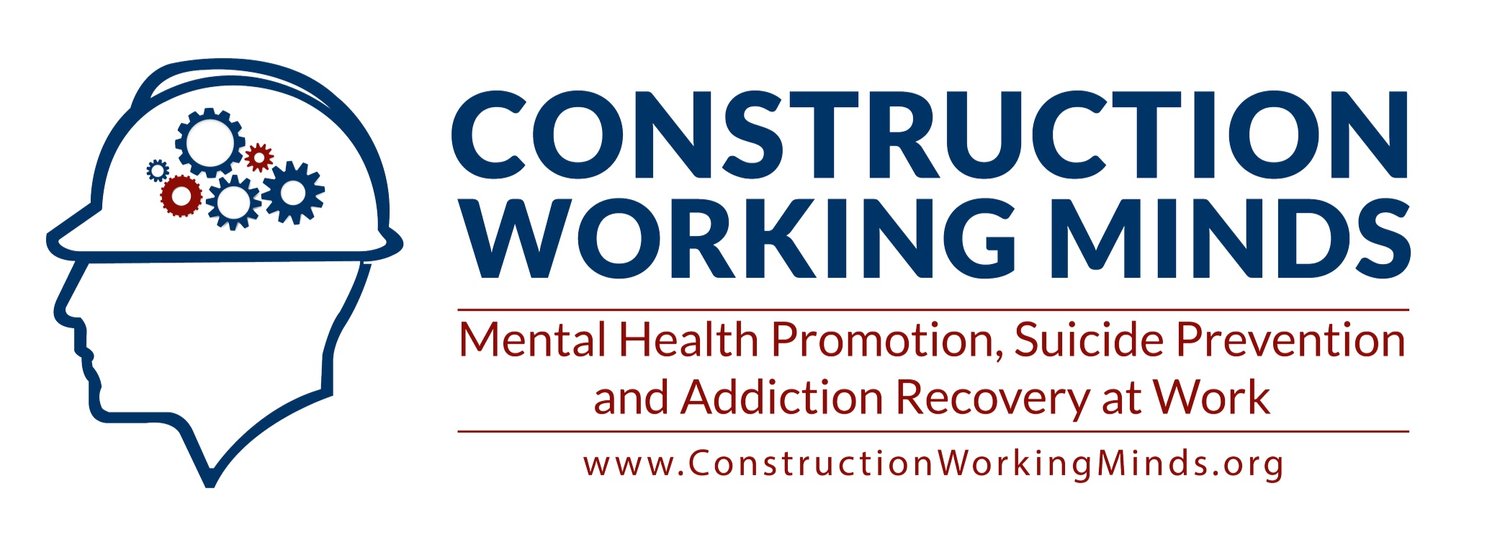Framework
"Upstream, Midstream, Downstream”
Recommendations for Effective Suicide Prevention
What the research tells us is that our best outcomes in reducing suicide rates come from comprehensive and sustained efforts where training is just one component of an overall strategy (Knox, et al, 2003). The following common parable from the public health perspective illuminates what a comprehensive approach might entail. upstream, midstream and downstream” approaches are needed to prevent suicide.
Stream Parable
You are walking along a river one day and you hear a plea for help from someone drowning. You are startled but energized as you dive into the water and save him. Using all your strength you pull him to shore and start administering CPR. Your adrenaline is racing as he starts to regain consciousness. Just as you are about get back on your feet, another frantic call comes from the river. You can’t believe it! You dive back in the river and pull out a woman who also needs life-saving care. Now a bit frazzled but still thrilled that you have saved two lives in one day, you mop the sweat from your brow. When you turn around, however, you see more drowning people coming down the river. One after another.
You shout out to all the other people around you to help. Now there are several people in the river with you – pulling drowning people out left and right. One of the rescuers swims out to the drowning group and tries to start teaching them how to tread water. This strategy helps some, but not all because it turns out it’s hard to learn how to tread water when you are drowning.
Everyone looks at each other, completely overwhelmed, wondering when this will stop. Finally, you stand up and start running upstream. Another rescuer glares at you and shouts, “Where are you going? There are so many drowning people; we need everyone here to help!” To which you reply, “I’m going upstream to find out why who is pushing all of these people into the river.”
Upstream strategies build protective factors that can mitigate risk, such as creating a sense of belonging, eliminating stigmatized language and actions, building resilience through life skills and mental hardiness, and enhancing mental health literacy.
Midstream approaches help identify people in emerging risk and then link them to appropriate support before the issues develop into a suicidal crisis. Midstream strategies include screening for mental health conditions and suicidal thoughts, promoting and normalizing many types of help-seeking behavior, and training populations on how to have difficult suicide-specific conversations.
Downstream tactics are needed on how best to respond when a suicide crisis has happened including acute thoughts of suicide, suicide attempts or suicide death. Current thinking about downstream tactics is that they are not about constraint (e.g., involuntary hospitalization, restraints, and isolation) but rather an attempt to answer the question, “How can we approach these crises to offer dignity and empowerment instead of fear?”
UPSTREAM
Prevent Problems from
Happening in the First Place
MIDSTREAM
Identify Problems Early
and Connect People to Help
DOWNSTREAM
Safe and Compassionate Responses
to Mental Health Crises
Shift Workplace Cultural Perspective:
Make mental health and suicide prevention health and safety priorities. Leadership must model this, clearly communicate benefits and answer questions for concern. Regularly promote mental health practices and a range of resources – e.g., new employee orientation, benefits renewal, newsletters.
Develop Life Skills:
Offer training in conflict resolution, stress management, communication skills, financial planning, goal setting, parenting or other skills-based programs for employees.
Improve Mental Health and Addiction Knowledge:
Deliver regular toolbox talks and awareness communication on mental health topics and how to improve wellness. Consistently link mental health with wellness and safety programs.
Promote Social Networks:
Create a healthy community and foster genuine workplace support.
Identify People at Risk:
Detect early symptoms for depression, anxiety, substance abuse and anger.
Promote Help-Seeking:
Promote resources like the National Suicide Prevention Lifeline 1-800-273-TALK (8255), provide peer assistance training and normalize help-seeking behavior.
Increase Access to Quality Care:
Provide affordable mental health services well-versed in state-of-the-art suicide risk assessment, management and support and a range of effective treatment options.
Promote Worker Use of Mental Health Services:
When workers are struggling, supervisors can take the lead in connecting employees to immediate mental health and crisis services.
Restrict Access to Potentially Lethal Means:
When potential for suicide is high, remove access to guns, pills and other means of suicide.
Provide Support after Suicide:
Follow crisis management procedures and
longer-term support in the aftermath of
a suicide as outlined in “A Managers Guide to Suicide Postvention in the Workplace” (U.S. Resource) [available as free PDF at www.WorkingMinds.org].





